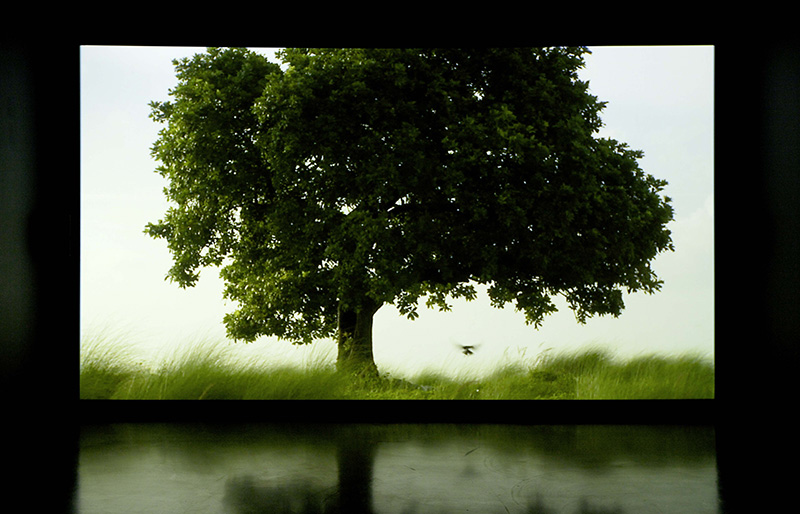ART-PRESENTATION: Amar Kanwar-The Sovereign Forest
 Amar Kanwar is an artist shaped by a commitment to social activism. He has distinguished himself through films and multi-media works, which explore the politics of power, violence and justice. His multi-layered installations originate in narratives often drawn from zones of conflict and are characterised by a unique poetic approach to the personal, social and political.
Amar Kanwar is an artist shaped by a commitment to social activism. He has distinguished himself through films and multi-media works, which explore the politics of power, violence and justice. His multi-layered installations originate in narratives often drawn from zones of conflict and are characterised by a unique poetic approach to the personal, social and political.
By Dimitris Lempesis
Photo: Bildmuseet Archive
With each presentation of Amar Kanwar’s ongoing project “The Sovereign Forest” (2011- ) , new works are created and added, which build on the installation’s focus and premise. The project’s latest version is on exhibition at the Bildmuseet in Umeå, Sweden. For over a decade, Kanwar has been filming the industrial interventions that have reshaped and permanently destroyed parts of Odisha’s landscape, a battleground on issues of development and displacement since the 1950s. In 2005, the South Korean, Pohang Steel Company (POSCO) signed an memorandum of understanding (MOU) with the state of Odisha. It needed to acquire an area of 1,600 hectares for its integrated steel plant, captive power plant, a captive seaport, as well as another 799 hectares of land for the township. It also wanted to have the Khandadhar captive iron ore mines to run the plant, for exporting ore and also dedicated water lines from the river Mahanadi. The project was to impact about 30,000 local farmers, fisher folk, betel vine cultivators in the 8 villages of 3 Gram Panchayats of Jagatsinghpur district. They formed the POSCO Pratirodh Sangram Samiti (PPSS) in 2005 and began to resist the project. One of the most remarkable features has been the active and large-scale participation of women and school-going children. In the 12 year long struggle so far, they lost 4 lives and were subjected to many atrocities including hundreds of false cases lodged against most of their leaders and workers. In Sundergarh district the Paudi Bhuyan tribes opposed the Khandadhar mining plan. Cuttack city opposed the diversion of Mahanadi water for POSCO, as the city faced water crises in the summer. About 20,000 fishermen opposed as they feared a loss of livelihood to the captive seaport. Wildlife experts opposed as it was a threat to the coastal biodiversity zone and the destruction it would cause to the mangroves and the Olive Ridley turtles’ nesting ground. Activists also complained that the project violated the Forests Rights Act 2006 and other forest, conservation and environmental laws. The Green tribunal stayed the work and the MOU with the company lapsed in 2010. It has not been renewed as yet. The central film in “The Sovereign Forest” is titled “The Scene of Crime”. The film offers an experience of a landscape just prior to erasure as territories marked for acquisition by industries. Amar Kanwar also invites visitors to contribute a photograph, a film, a document, a text, an object, seed, cloth, pattern, drawing, or any ‘evidence’ in any form to the constellation of evidence presented. As the installation travels this library of evidence increases and parts are added. “The Counting Sisters and Other Stories” (2011), “The Prediction” (1991–2012) and “The Constitution” (2012) are three large handmade books each with their own films projected on its pages. Containing stories written by Kanwar and pieces of “evidence” such as a fishing net, a cloth garment, rice seeds, a betel leaf, and newspaper embedded inside the paper, visitors are encouraged to turn the pages and read these stories.
Info: Bildmuseet, Östra Strandgatan 30B, Umeå, Duration: 20/10/17-11/3/18, Days & Hours: Tue-Thu & Fri-Sun 11:00-18:00, Fri 11:00-21:00, www.bildmuseet.umu.se







